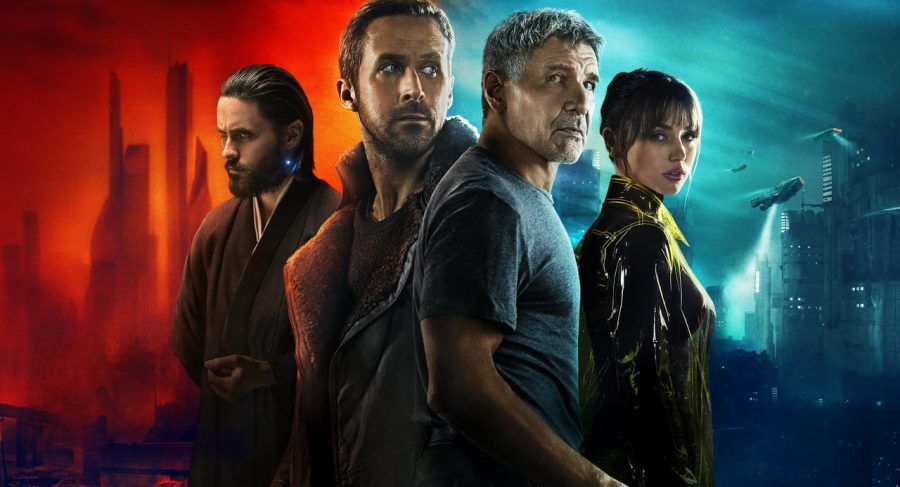Original ‘Blade Runner’ Overshadows Sequel
October 10, 2017
Few films have managed to come close to the legacy that the neo-noir sci-fi classic Blade Runner left upon cinema history when it was released in 1982. Its stunning, hazy visuals tell a story too nuanced and personal to be shared through dialogue, and though the stream-of-consciousness narrative and ambiguity woven into its scenes first left critics unsure of what to make of it, it has risen to the height of a cult classic. In fact, it has been deemed so influential that the Library of Congress has selected it for the United States National Film Registry.
Now, 35 years later, its sequel, Blade Runner 2049 has hit theaters with high acclaim from critics and fans alike. The new film follows the story of K, a replicant blade runner forced to hunt and “retire” (meaning kill) his own kind. When he finds the remains of a replicant who appears to have died during childbirth on one of his missions (a shocking discovery, as procreation in replicants had previously been believed impossible), K is ordered to destroy all evidence of the event to prevent interspecies warfare. He has to choose between following his superiors’ orders to ensure his safety or risking his own retirement to reveal the truth.
Although it seems that unplanned movie sequels rarely come close to their predecessors, the praise from critics and the 88 percent Certified Fresh rating on Rotten Tomatoes gave me hope and confidence that this one would be different. It seemed this would be a fair assumption: the movie opened strong, employing similar narrative techniques and haunting music reminiscent of its source, all while adding fresh touches such as a new setting and unique character archetypes — however, not twenty minutes in, and my optimism was felled dead. This movie would have benefited greatly from the subtlety that allowed the original to hold such profound insight on the duality and condition of what makes us human. Wrought with unoriginal, meandering plot, grisly violence without meaning; boring, pointless dialogue, undynamic characters, forced allusions to works undeserving of such association, and references to events that arguably didn’t happen at all in its predecessor, this film was at best well-intentioned and poorly-executed. At worst, I would call it an insult to its source material.
I could predict the twists and the ending just from the opening exposition, and there was a plethora of exposition. The scenes seemed to jump from mind-numbingly boring dialogue to violent action sequences that made little sense given the intended theme. Several subplots were introduced only to be left unresolved, padding a run-time that was already pushing the limits of what the movie had to offer. Although Ryan Gosling gave a passing albeit uninspired performance as K, Jared Leto as Wallace was overdone, tacky, and unconvincing. That’s not to mention the roles played by women — and, frankly, I would rather not mention them — not a two scene interval went by before another one of them was objectified, made into little more than human-shaped fanservice.
However, I do believe that it isn’t entirely fair to compare an adaptation made in good faith so harshly to its source. The visuals were indeed impressive, creating a desolate landscape that felt truly believable. The music, too, aided the grim atmosphere with its evocatively simple synth melodies, at once delicate and disconcerting. Both of these elements were enjoyable in their own right, and this isn’t a film I regret seeing. If I hadn’t seen the original Blade Runner prior to its sequel, I think it would have appreciated the new adaption more. I encourage prospective moviegoers to enter the cinema with a more open mind than I did, but would also highly recommend that they take this movie with a grain of salt.



